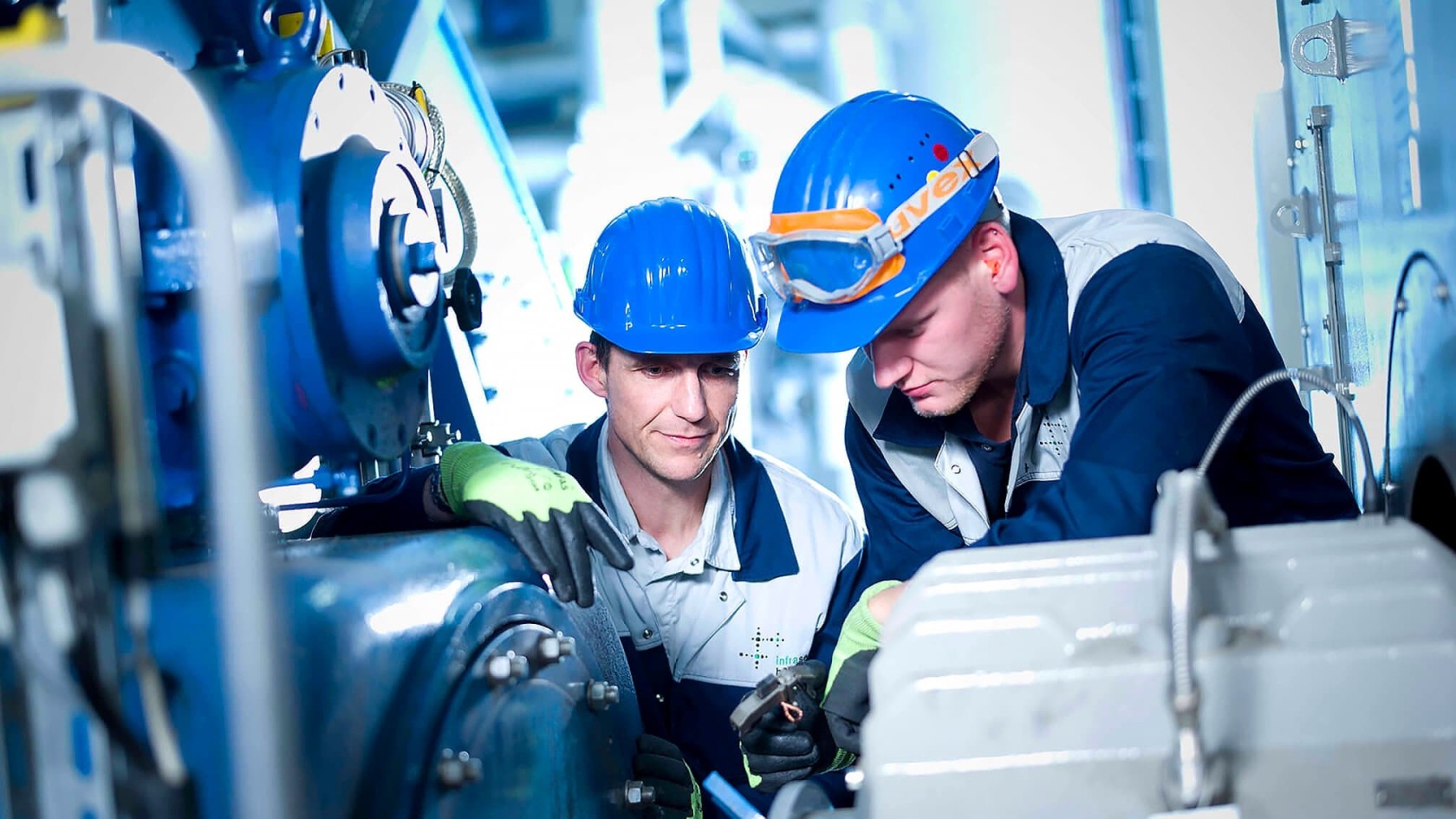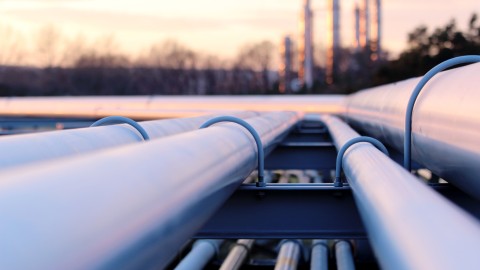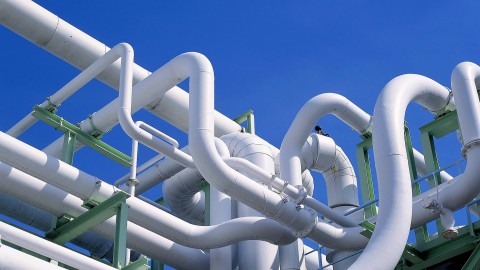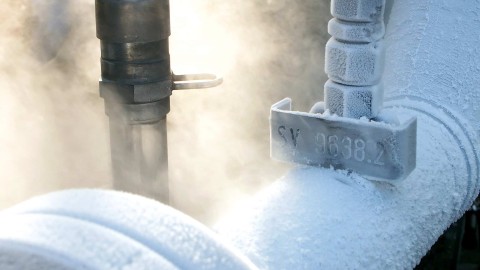The F-Gas Regulation and its requirements for operators
The previous F-Gas Regulation (EU) No. 517/2014 reduced the maximum quantity and the corresponding quota for the placing on the market of F-gases in accordance with Article 15 (1) to 31 % from 2024. From 2025, there will be a further reduction to 24.3% due to the current successor regulation. This will lead to a further significant shortage of F-gases.
The amended version of the F-Gas Regulation (German only) was published in the Official Journal of the European Union on February 20, 2024 (Regulation (EU) 2024/573 of the European Parliament and of the Council of February 7, 2024). The amended F-Gas Regulation enters into force on the 20th day after its promulgation, i.e. on March 11, 2024. This regulation is binding in all its parts and applies directly in every Member State. Its key points include an accelerated phase-down of F-gases to zero in 2050 and a ban on the placing on the market of stationary refrigeration systems with F-gases with a GWP above 150 from 2030. Special regulations apply to chillers (liquid chillers), air conditioning systems and heat pumps (including split systems).
This basically replaces the F-Gas Regulation (EU) No. 517/2014.
Among other things, this regulation:
- Establishes rules for the containment, use, recovery and destruction of fluorinated greenhouse gases and related ancillary measures
- Imposes restrictions and prohibitions on the marketing of specific products and equipment that contain, or whose functioning relies upon, fluorinated greenhouse gases
- Imposes usage restrictions for certain fluorinated greenhouse gases, e.g. during maintenance and service
- Establishes further quantitative limits for the marketing of hydrofluorocarbons (“phase down”). Gradual reduction to 24.3 % from 2025, 12.3 % from 2027, 5.2 % from 2030, then further reductions to 0 % from 2050 (compared to the reference value from 2015 in tons of CO₂ equivalents).
The new regulation establishes a raft of restrictions and bans for designers, manufacturers, importers and operators of commercial and industrial air-conditioning, refrigeration and heat pump equipment that uses fluorinated refrigerants. Some of the provisions in the regulation were implemented several years ago, while other provisions will be phased in over the next few years.
This article provides an overview of the most important provisions of the new regulation. It is designed to help you comply promptly and effectively with the F-Gas Regulation provisions that apply to you.
What is the significance of the F-Gas Regulation?
The F-Gas Regulation (EU) 517/2014 came into force on January 1, 2015 and is stricter than the previous F-Gas Regulation of 2006. It applies in all European Union member states and is part of the European roadmap to a low-carbon economy. Its central goal is to significantly reduce fluorinated greenhouse gases in order to protect the climate and environment.
Key content of the Regulation
The revised regulation is essentially aimed at gradually reducing the emissions of the available newly used hydrofluorocarbons and/or their global warming potential (GWP) in the EU to the target value of 0 % from 2050.
In particular, the regulation is intended to create an incentive to use alternatives instead of F-gases.
Three main regulatory approaches will be followed to reduce F-gas emissions:
- Introducing a phase-down of the quantities of hydrofluorocarbons (HFCs) available in the market.
- Phased-in bans on the use and marketing of F-gases.
- Retaining or supplementing regulations on leak checks of refrigeration, air conditioning systems and heat pumps, certification, disposal and labeling.
What gases are covered by the F-Gas Regulation?
The F-Gas Regulation generally covers the following classes of fluorinated greenhouse gases: HFCs (hydrofluorocarbons), PFCs (perfluorocarbons) and SF6 (sulfur hexafluoride) as well as HFOs (hydrofluoroolefins). However, the new regulation’s measures do not apply to all F-gases. The all-important phase-down, for instance, applies to HFCs but not to PFCs and SF6, which are covered by other provisions in the regulation.
Synthetic refrigerants based on HFCs covered by the regulation and used in refrigeration, air-conditioning and heat pump equipment and systems include the refrigerants:
- R-134a (GWP 1,430)
- R-407c (GWP 1,744)
- R-410a (GWP 2,088)
- R-404a (GWP 3,922)
- R-507 (GWP 3,990)
- R-32 (GWP 675)
- R-449A (GWP 1,397)
- R-513A (GWP 631)
- R-452B (GWP 698)
- R-454C (GWP 148)
HFO-based refrigerants (such as R-1234yf) are now also covered by the F-Gas Regulation. The expert knowledge requirements according to Art. 10 and the obligations for regular leak checks according to Art. 5 also apply to systems with HFO refrigerants.





